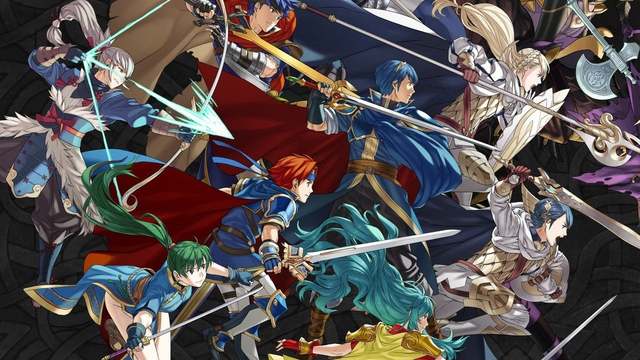Fire Emblem forever changed the American definition of tactical RPGs when it arrived in 2003. In the 16 years since its debut in the United States, developer Intelligent Systems has managed to improve upon nearly every aspect that makes this series special. The following is a ranking of the best Fire Emblem games that have been released stateside. Keep in mind that spin-offs and mobile titles have not been included.
8. Fire Emblem: Shadow Dragon
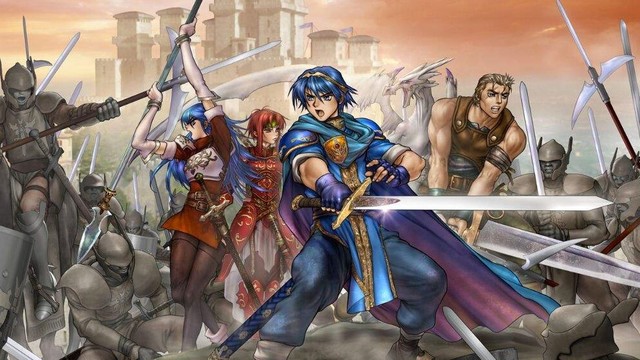
Fire Emblem: Shadow Dragon is a remake of the franchise’s first game, Fire Emblem: Shadow Dragon and the Blade of Light. It stars a young prince named Marth who’s exiled from his kingdom after a wizard begins to take over the planet. Shadow Dragon‘s biggest accomplishment is how well it translates the series’ turn-based combat to the DS. Positioning troops and coordinating attacks is easy thanks to the handheld’s bottom touchscreen. Unfortunately, everything else about the title is uninspired. Graphics are diluted, the narrative is contrived, and the cast is filled with one-note characters. Shadow Dragon isn’t a terrible game, but it isn’t memorable compared to its successors.
7. Fire Emblem Echoes: Shadows of Valentia
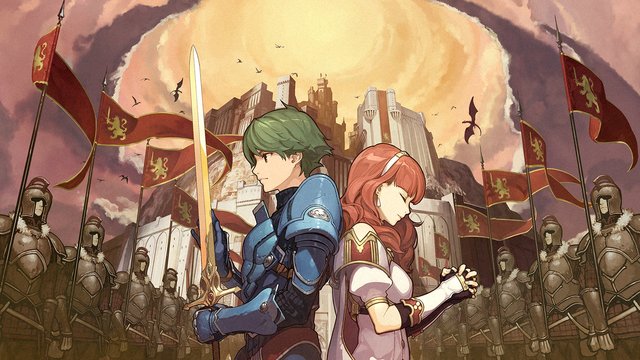
Fire Emblem Echoes: Shadows of Valentia‘s experiments with the series’ tactical formula both succeed and fail. Its free-roam dungeons are interesting enough to warrant exploration when one isn’t occupied on the battlefield, and its characters are brought to life well through an excellently translated script and brilliant voice acting. Unfortunately, difficulty spikes and bizarre map designs toward the later half of the game are frustrating. Shadows of Valentia also removes the rock-paper-scissors weapon system found in previous entries, which may put off people who only played Awakening or Fates. As in the case of Shadow Dragon, Valentia ultimately fails to leave a lasting impression.
6. Fire Emblem Fates
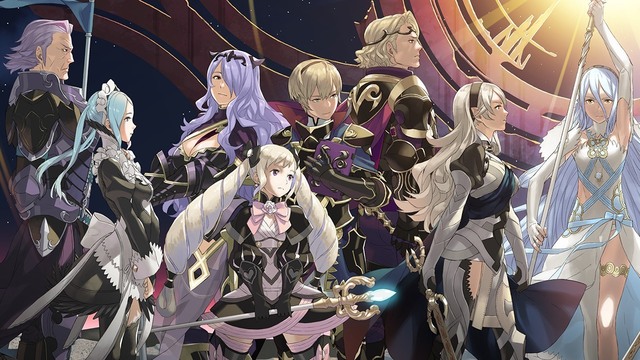
Fire Emblem Fates is strange. Split into Conquest, Birthright, and Revelations, the group of titles deliver from a gameplay and map design perspective, but fail to live up to Awakening‘s captivating narrative and charming cast. Characters hardly go through any growth and feel like anime tropes. Interactions with the innocent little sisters in each entry, for instance, may make Western fans uncomfortable. It can be argued that the trio takes the series back rather than forward, though features like additional objectives in battle and a customizable base are welcome. People who love the series’ RPG mechanics may come to grow fond of Fates. Those who are most interested in lore and character development may feel like the titles leave a lot to be desired.
5. Fire Emblem: The Sacred Stones
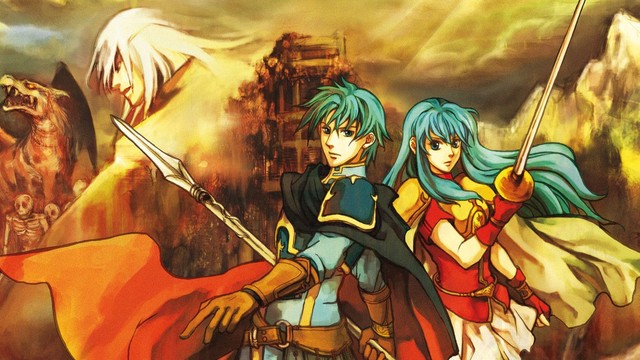
Fire Emblem: The Sacred Stones laid the foundation for Awakening‘s unique approach to the genre by focusing on player choice. Fans are given the ability to choose what roles their characters will take on once they level up. A cavalier can become a paladin or a great knight once he or she has reached level 10, for instance. Carefully balancing one’s party is the key to success, especially considering how party members remain dead once they’re defeated in battle. This theme of customization bleeds into the story, as protagonists Eirika and Ephraim eventually go on separate journeys and players are tasked with deciding who to follow. The Sacred Stones‘ narrative may be a bit cliché, but it is worth at least one playthrough as each main character.
4. Fire Emblem
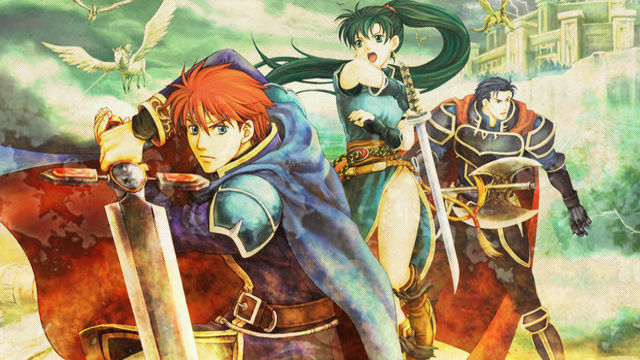
Fire Emblem, the first entry in the series to be introduced to North American audiences, doesn’t try to reinvent the genre. This isn’t a bad thing, as the title gradually introduces fans to gameplay conventions and isn’t afraid to ramp up the difficulty once it feels players are familiar with its mechanics. Fire Emblem‘s story is also easy to follow, as it stars three lords named Eliwood, Hector, and Lyn who are on a quest to rescue their continent from chaos. While this entry can be considered bland, it is one of the most accessible entries released so far.
3. Fire Emblem: Awakening

It’s not hard to see why Fire Emblem: Awakening catapulted the franchise to the popularity it enjoys today. The game gives fans the option to remove permanent death if they please, as this was a major deterrent for newcomers. Characters can team up for attacks in battle, though the rock-paper-scissors weapon system and ability to customize attributes remain intact. Each confrontation can be approached from a variety of different ways and players can outfit their teams with offensive or defensive capabilities depending on their preference. Awakening demands that fans pay attention to each character on and off the battlefield, but doesn’t punish users that opt for a trail and error approach. The game could benefit from better AI and less difficulty spikes, but there’s no doubting how addictive it is once players sink their teeth in.
2. Fire Emblem: Radiant Dawn
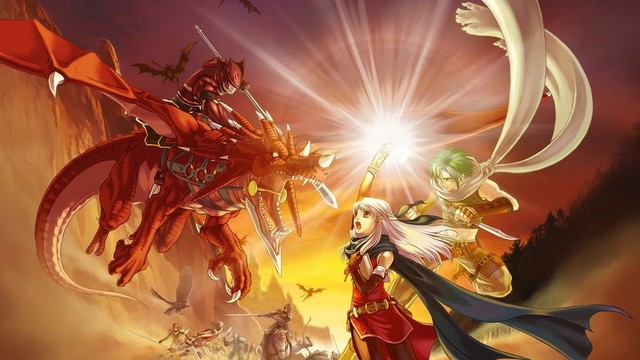
Fire Emblem: Radiant Dawn is so massive that each of its four parts can be considered its own game. While this sequel to Path of Radiance doesn’t significantly evolve the series from a gameplay perspective, it does add some refinements to the forging system, introduces larger maps, and reduces the length of support conversations so players aren’t reading walls of text. The title’s morally ambiguous narrative is compelling, as players are constantly weighing whether or not Ike’s war campaign justifies risking the lives of hundreds of innocent civilians. Radiant Dawn may be unapologetically brutal in terms of difficulty, but some fans may find that this feeds into the story’s stark nature.
1. Fire Emblem: Path of Radiance
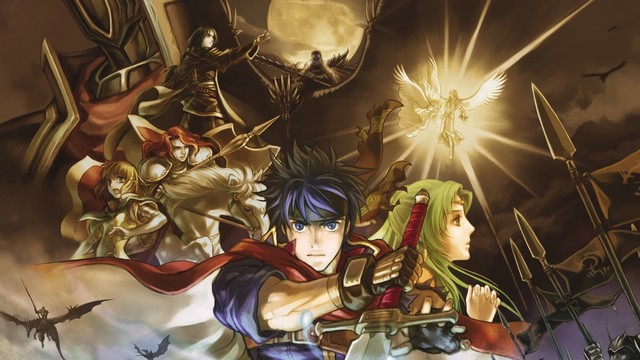
Fire Emblem: Path of Radiance is not the prettiest title in the series, but it outshines other entries in terms of story and gameplay. As a mercenary named Ike tries to resolve a conflict between two rival nations, he’ll come to discover firsthand the long-standing racism that has been part of this world for years. Path of Radiance‘s themes are powerful, especially given the United States’ current political climate.
From a gameplay perspective, many of the franchise’s staples like the rock-paper-scissors weapon system, permanent death, and characters classes appear alongside new features like the addition of the shape-shifting Laguz race and biorhythms. Thanks to its challenging but fair difficulty, fans are encouraged to check on their troops to determine whether they’re fit for battle. The game is meticulous and makes fans think both as a war strategist and a leader. No other entry has managed to evoke these feelings so well, which is precisely what makes Path of Radiance the greatest Fire Emblem title so far.
Fire Emblem: Three Houses may surpass Path of Radiance‘s greatness when it launches for Switch on July 26. Its visuals are already being praised as being more impressive than those found in the series’ 3DS entries. If its gameplay and narrative are just as noteworthy, Three Houses may be one of the best tactical RPGs in modern history. Fans can’t come to any conclusions yet, but there’s certainly reason to be excited.
